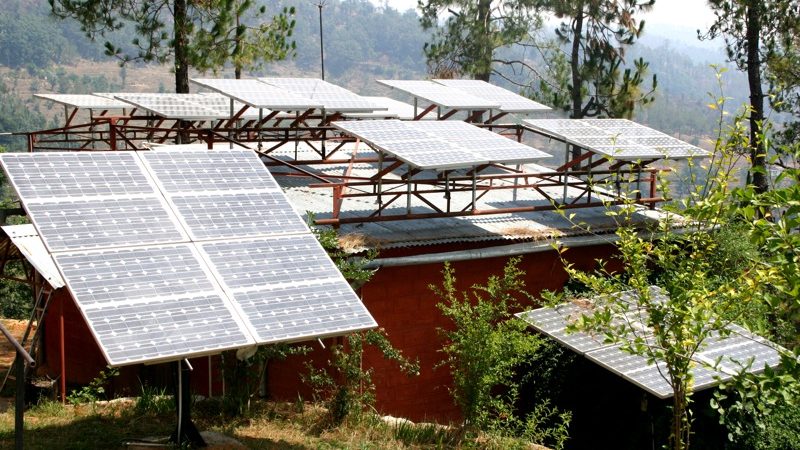Amid a growing population and endowed with more than 300 days of sunshine a year, India has seen rapid growth in installed PV capacity. However, at a little more than one gigawatt (GW), the country’s rooftop solar capacity is still in its infancy. Utility-scale solar power, in contrast, generates over 24 GW of the country’s solar power.
Our report, Rooftop Solar PV in India: Looking back, looking ahead, tracks the growth trajectory of the Indian rooftop solar sector over the last decade and draws lessons from similar markets in China, the US, and Germany to model what the future may hold for the industry.
Rooftop solar technology is a worthy investment: it has the potential to ease demand for energy during peak hours, increase profitability, and decrease dependence on grid power and diesel generators. But barriers to future development abound, such as insufficient financing, lack of awareness, inadequate capacity, legal and contractual challenges, and roof rights.
“Concessional financing like that of CIF’s Clean Technology Fund can have a significant impact on India’s energy landscape and the lives of tens of millions of people,” said Climate Investment Funds head Mafalda Duarte. “We are, and have long been, proud to support India’s rooftop solar pathway and its ambitious renewable energy target of 100 gigawatts in solar capacity by 2022.”
CIF’s $5.8 billion Clean Technology Fund (CTF) is a lower-cost alternative to traditional bank loans, and a promising means for expanding India’s rooftop solar power through capacity building and technical assistance. CTF has provided nearly $300 million in support of India’s large-scale deployment of rooftop solar PV.
The report estimates that funds from CTF and multilateral partners could support the installation of 1,911 megawatts of rooftop solar capacity in India, saving an estimated 1,757,737 tons in CO2 emissions and creating nearly 50,000 jobs.
